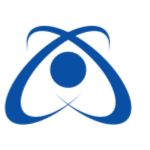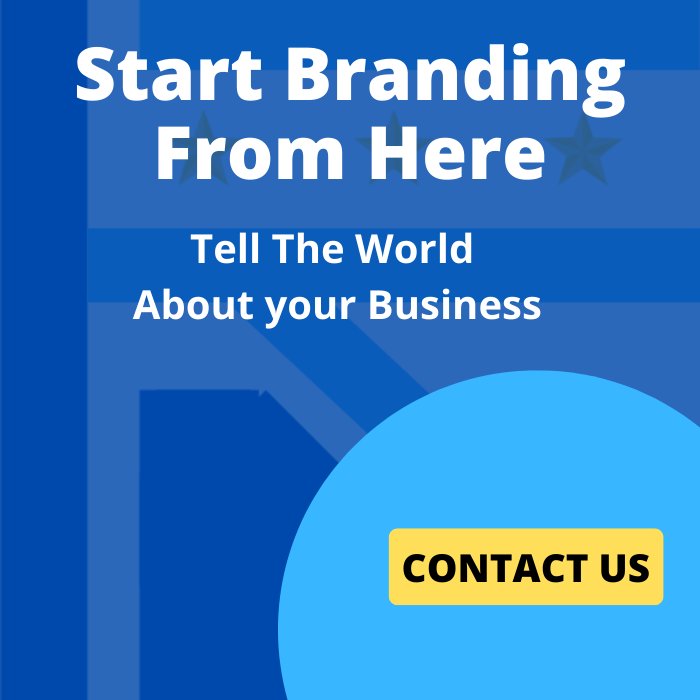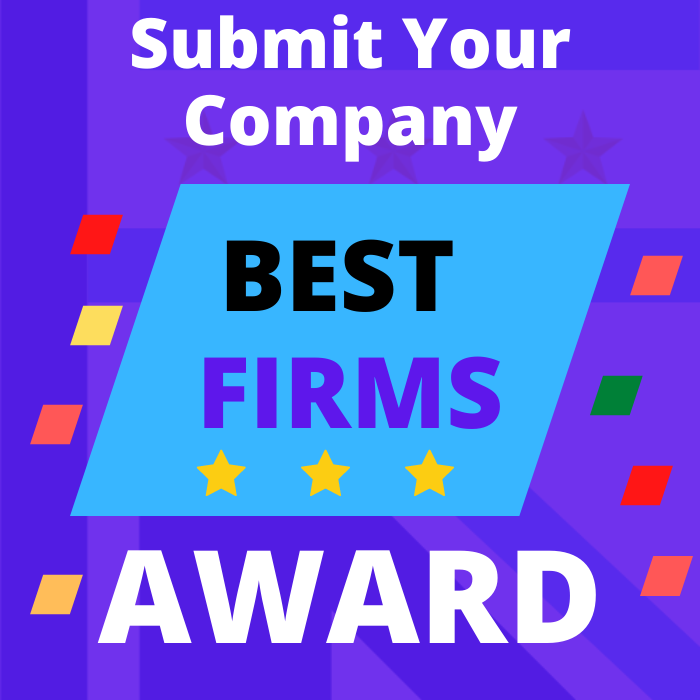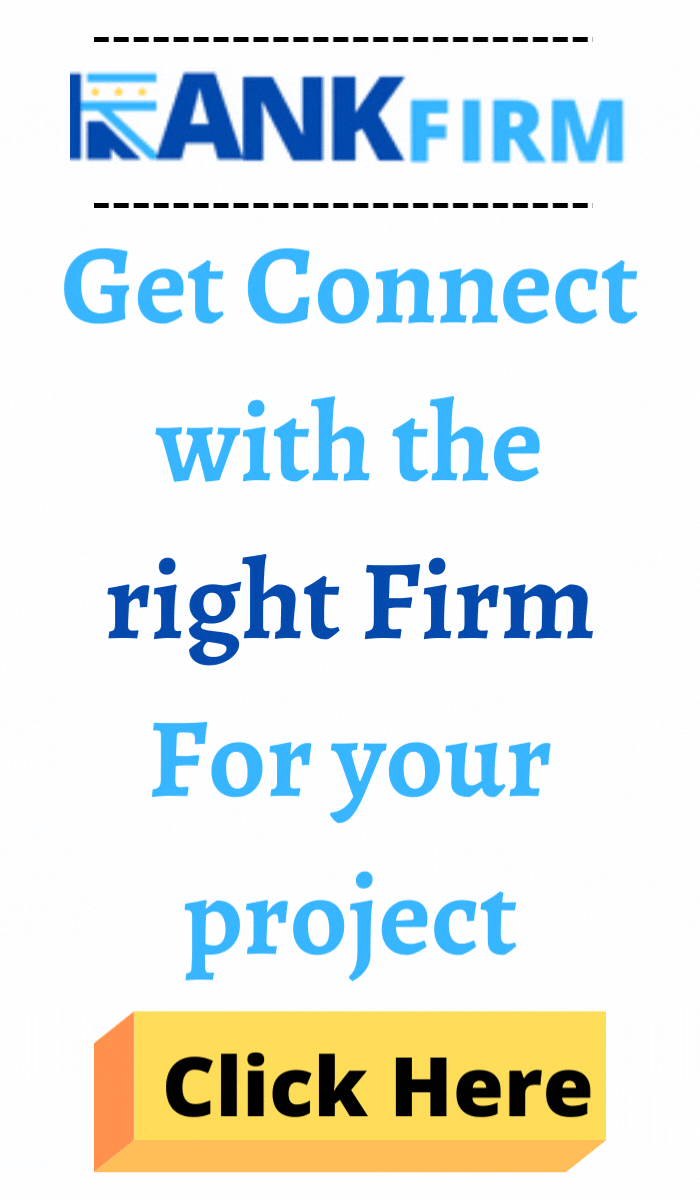
Top Automobile Software Development Companies
Welcome to our comprehensive guide to the top Automobile Software Development Companies! In today’s automotive industry, technology plays a crucial role in driving innovation and enhancing vehicle performance, safety, and user experience. Our curated list features the leading companies specializing in developing innovative software solutions tailored specifically for automobiles. From vehicle management systems and infotainment software to driver assistance programs and autonomous driving technology, these companies offer a diverse range of products and services to meet the unique needs of automotive manufacturers and suppliers. With detailed reviews and insights, we empower you to make informed decisions and choose the best partner for your automotive software development needs.
List of the Best Automobile Software Development Companies

-
Employees: 10 - 49
-
Min. Project amount: $1,000+
-
Country: AZ, United States

Tiny Frog Technologies
-
Employees: 10 - 49
-
Min. Project amount: $10,000+
-
Country: San Diego, CA

Envy Design Co.
-
Employees: 2 - 9
-
Min. Project amount: $5,000+
-
Country: Toronto, Canada

Sayenko Design
-
Employees: 2 - 9
-
Min. Project amount: $10,000+
-
Country: WA, United States

AppVin Technologies
-
Employees: 51-100
-
Country: Netherlands, Leiden/Kanaalpark

Adchitects
-
Employees: 10 - 49
-
Min. Project amount: $10,000+
-
Country: Poznań, Poland

Creative Brand Design
-
Employees: 10 - 49
-
Min. Project amount: $100 - $149 / hr
-
Country: London, United Kingdom

GLIDE®
-
Employees: 10 - 49
-
Min. Project amount: $25,000+
-
Country: TX, United States

Top Notch Dezigns®
-
Employees: 10 - 49
-
Min. Project amount: $10,000+
-
Country: NY, United States

eDesign Interactive
-
Employees: 10 - 49
-
Min. Project amount: $50,000+
-
Country: NJ, United States
** Buyer's Guide **
- 1. What specific types of automobile software solutions do these companies offer?
- 2. Can automobile software solutions be customized to meet the unique needs of my automotive business or organization?
- 3. How user-friendly are the automobile software solutions for automotive technicians and end-users?s?
- 4. Can automobile software solutions integrate with existing systems and third-party applications used by my automotive business or organization?
1.What specific types of automobile software solutions do these companies offer?
Top automobile software development companies offer a variety of solutions tailored to the automotive industry, including vehicle diagnostics software, telematics systems, fleet management platforms, automotive CRM software, and infotainment systems.
Under the Hood of Innovation: Exploring Automobile Software Solutions
The automotive industry is undergoing a digital revolution, and software plays a critical role in this transformation. Leading automobile software development companies offer a diverse range of solutions that enhance vehicle performance, streamline operations, and elevate the driving experience. Here’s a breakdown of some of the most common types:
1. Vehicle Diagnostics Software:
- The Mechanic in Your Pocket: These software solutions empower technicians with tools for diagnosing vehicle malfunctions. They can connect to a vehicle’s onboard computer system (OBD-II) to retrieve fault codes, analyze sensor data, and identify issues with engine performance, emissions systems, or other components. This allows for faster and more accurate diagnoses, leading to quicker repairs and reduced downtime.
2. Telematics Systems:
- Connected Cars, Connected World: Telematics systems transform vehicles into connected entities. They collect data on vehicle location, fuel consumption, driving behavior, and engine performance. This data can be accessed remotely by fleet managers or manufacturers, enabling features like:
- Real-time vehicle tracking: Optimizing fleet operations and improving dispatch efficiency.
- Predictive maintenance: Identifying potential issues before they become major breakdowns.
- Usage-based insurance (UBI): Tailoring insurance premiums based on actual driving behavior.
3. Fleet Management Platforms:
- Optimizing Large-Scale Operations: For companies managing large fleets of vehicles (rental cars, delivery trucks, etc.), fleet management platforms offer a comprehensive suite of tools. These functionalities include:
- Vehicle tracking and route optimization: Streamlining logistics and ensuring efficient delivery schedules.
- Fuel management: Monitoring fuel consumption and identifying areas for improvement.
- Driver behavior monitoring: Encouraging safe driving practices and reducing liability.
- Maintenance scheduling and reminders: Ensuring preventive maintenance is performed on time to maximize vehicle lifespan.
4. Automotive CRM Software (Customer Relationship Management):
- Building Stronger Customer Relationships: Dealerships and service centers leverage automotive CRM software to manage customer interactions, track service history, and personalize the customer experience. Key functionalities include:
- Lead management and nurturing: Converting potential buyers into loyal customers.
- Appointment scheduling and service reminders: Streamlining the service experience for customers.
- Customer service communication tools: Providing efficient communication channels for inquiries and feedback.
5. Infotainment Systems:
- Entertainment on the Road: Modern in-vehicle infotainment systems offer a variety of features to keep drivers and passengers entertained and connected. These systems typically include:
- Navigation and mapping: Providing turn-by-turn navigation and real-time traffic updates.
- Audio and video entertainment: Offering access to music, podcasts, audiobooks, and even video streaming services (when parked).
- Smartphone connectivity: Integrating seamlessly with smartphones for hands-free calling, music streaming, and access to mobile apps.
Beyond these core offerings, many companies provide:
- Advanced Driver-Assistance Systems (ADAS) Software: Developing software for features like lane departure warning, automatic emergency braking, and adaptive cruise control, enhancing safety on the road.
- Autonomous Vehicle Software: Contributing to the development of self-driving cars by creating software for perception, decision-making, and vehicle control in autonomous systems.
- Electric Vehicle (EV) Software: Developing software solutions for battery management systems, charging infrastructure optimization, and connectivity features specific to electric vehicles.
By understanding the range of automobile software solutions available, you can identify the ones that perfectly align with your specific needs, whether you’re a car manufacturer, a fleet management company, an automotive dealership, or a developer of cutting-edge automotive technologies.
2.Can automobile software solutions be customized to meet the unique needs of my automotive business or organization?
Yes, reputable automobile software development companies understand that each automotive business or organization has unique requirements. They typically offer customizable solutions that can be tailored to align with specific workflows, vehicle types, and business objectives.
Customization is a key strength of leading automobile software development companies. Let’s delve deeper into how they can tailor solutions to perfectly match the specific needs of your automotive business or organization:
Uniquely Tailored: Automobile Software Solutions Built for Your Needs
The beauty of working with a qualified automobile software development company lies in their ability to craft solutions that complement your specific niche within the automotive industry. Here’s how customization comes into play:
Understanding Your Business: The development process starts with a thorough needs assessment. The company will work with you to understand your specific requirements. This includes factors like the type of automotive business you operate (car manufacturer, dealership, repair shop, fleet management), the vehicles you work with (cars, trucks, electric vehicles), and your business objectives (optimizing manufacturing processes, improving customer service, enhancing fleet efficiency).
Modular Design and Feature Selection: Many automotive software solutions, like telematics systems, fleet management platforms, or automotive CRM software, come equipped with modular components. These components can be selected and configured to match your specific functionalities and user needs. For instance, a car manufacturer might prioritize features for engine performance diagnostics and data analysis, while a fleet management company managing electric delivery vans might focus on functionalities for battery health monitoring and charging station optimization.
Custom Development: For highly specialized needs or unique integrations with existing manufacturing systems, dealership management software, or diagnostic tools, some companies offer custom development services. This allows them to create bespoke software features or functionalities that cater to your specific requirements. For example, a luxury car manufacturer might require a custom module for real-time remote diagnostics of complex engine components, while a chain of auto repair shops might need a custom integration with their parts inventory management system.
Workflow Automation: The software can be customized to automate repetitive tasks within your workflows. This could involve automating tasks like generating service reports in a repair shop, scheduling preventive maintenance for fleet vehicles, or sending automated marketing campaigns to potential car buyers at a dealership.
Reporting and Analytics: Customization extends to reports and analytics functionalities. The software can be configured to generate reports that provide insights relevant to your specific business. For instance, a car manufacturer might prioritize reports on assembly line efficiency and defect rates, while a fleet management company might focus on driver behavior analytics and fuel consumption reports.
Benefits of Customization:
- Optimized Operations: Streamlined workflows, automated tasks, and features tailored to your specific needs enhance efficiency and reduce administrative burdens on your staff.
- Improved Customer Service: Cater to the specific needs of your customers with features that enhance their experience, such as online appointment scheduling for repairs or real-time delivery tracking for fleet management companies.
- Competitive Advantage: Unique functionalities or integrations can differentiate your automotive business from competitors and attract new clients.
Finding the Right Fit:
Discuss Customization Options: When evaluating potential automobile software development companies, inquire about their customization capabilities. Discuss your specific needs and ensure they have the expertise to tailor their solutions accordingly.
Case Studies and References: Review case studies showcasing how the company has customized solutions for clients in your sector of the automotive industry (manufacturing, dealerships, fleet management, etc.). Speak to references to gain insights into their experience with the customization process.
By partnering with an automobile software development company that prioritizes customization, you can ensure that your automotive business or organization benefits from software solutions that perfectly align with your unique needs, optimize workflows, empower your staff, and ultimately enhance your efficiency and success within the dynamic automotive industry.
3.How user-friendly are the automobile software solutions for automotive technicians and end-users?
The best automobile software solutions are designed to be intuitive and user-friendly, with interfaces that are easy to navigate for automotive technicians and end-users alike. Look for companies that prioritize usability and provide comprehensive training and support resources.
User-friendliness is crucial for automobile software solutions, catering to a range of users with varying technical backgrounds. Here’s how leading developers ensure their solutions are user-friendly for everyone involved:
Bridging the Tech Gap: Making Automobile Software Easy for All Users
Effective automobile software empowers both automotive technicians and end-users (car owners, drivers) to leverage its functionalities without getting bogged down by complex interfaces. Here’s what to look for:
Intuitive Interface Design: Clean and user-friendly interfaces are key. Menus, buttons, and functionalities should be logically organized and easy to understand for users with varying technical skills.
- Technicians: Diagnostic software interfaces should be clear and concise, displaying data and fault codes in a straightforward manner. Repair procedures and service manuals should be easily accessible within the software.
- End-Users: For infotainment systems, smartphone mirroring features, or mobile apps for car diagnostics, the interfaces should be intuitive and easy to navigate while minimizing distractions while driving.
Role-Based User Interfaces: The software should present users with interfaces tailored to their specific roles. Technicians might see functionalities for diagnostic trouble codes, service procedures, and data analysis tools. End-users might see navigation features, entertainment options, and vehicle health information.
Minimal Training Requirements: Ideally, the software should be intuitive enough to learn quickly with minimal training. Look for solutions that offer clear in-app tutorials and readily available user guides to guide users through key functionalities.
Multiple Support Options: Comprehensive training and support resources are essential. Look for companies that offer multiple support channels (phone, email, online chat) to address user queries and troubleshoot any issues promptly.
Enhancing User Experience:
Context-Sensitive Help: Software solutions can provide context-sensitive help features that offer relevant guidance and tutorials based on the specific task a user is trying to accomplish.
Diagnostic Reporting in Plain Language: For end-user diagnostic software or mobile apps, translate technical jargon into easy-to-understand language, allowing car owners to grasp the nature of potential vehicle issues.
Voice Commands and Integration with Virtual Assistants: Many infotainment systems and diagnostic tools integrate with virtual assistants, allowing hands-free control and voice commands for features like navigation, audio controls, or running vehicle diagnostics.
Benefits of User-Friendly Automobile Software:
Increased User Adoption: Easy-to-use software ensures higher adoption rates among technicians and end-users, maximizing the software’s value.
Improved Efficiency: Intuitive interfaces and streamlined workflows empower users to complete tasks quickly and efficiently, saving time and reducing errors.
Enhanced Customer Satisfaction: End-users with user-friendly diagnostic tools or infotainment systems have a more positive experience interacting with their vehicles.
Empowered Technicians: Technicians with intuitive diagnostic software can work more efficiently, improve repair accuracy, and provide better service to customers.
Finding the Perfect Fit:
Request Demos and Free Trials: Many companies offer free trials or demo sessions to allow you to experience the software firsthand and assess its user-friendliness for yourself (technicians) or for your target audience (end-users).
User Reviews and Ratings: Read online reviews and ratings to gain insights from existing users about the software’s ease of use and any user interface challenges they encountered, specifically focusing on technician or end-user experiences.
By prioritizing user-friendly design, comprehensive training, and ongoing support, leading automobile software development companies ensure their solutions empower both automotive technicians and end-users to leverage the software’s functionalities effectively, streamline processes, and ultimately enhance the overall experience within the automotive industry.
4.Can automobile software solutions integrate with existing systems and third-party applications used by my automotive business or organization?
Yes, top automobile software development companies offer solutions that are designed to integrate seamlessly with existing systems and third-party applications, such as dealership management systems, parts catalogs, and diagnostic tools. Integration capabilities ensure smooth data exchange and interoperability.
Integration is a cornerstone of modern automobile software solutions. Here’s how these solutions connect seamlessly with the technological ecosystem of your automotive business or organization:
Building Bridges: Streamlining Operations with Seamless Integrations
No automotive business or organization operates in isolation. Modern automobile software solutions understand this and are designed to integrate harmoniously with your existing systems and third-party applications:
Dealership Management Systems (DMS): For dealerships, integrate your automobile software with your DMS to streamline processes like sales, inventory management, customer service, and service scheduling. This eliminates the need for manual data entry and ensures consistency across your dealership operations.
Parts Catalogs and Inventory Management Systems: Ensure your software integrates with electronic parts catalogs and inventory management systems. This allows technicians to quickly identify and order parts required for repairs, improving efficiency and reducing downtime for vehicles.
Diagnostic Tools and Equipment: Many manufacturers offer diagnostic tools and equipment with specialized software. Ensure your chosen software integrates seamlessly with these tools to provide technicians with a unified platform for vehicle diagnostics and repair procedures.
Accounting and Financial Systems: Integrate your software with your accounting and financial systems to streamline tasks like invoicing for repairs, managing parts inventory costs, and payroll for technicians.
Customer Relationship Management (CRM) Systems: CRM systems help manage customer interactions and service history. Integrate your software with your CRM to provide a more personalized customer experience, track service appointments, and send targeted marketing campaigns.
Cloud-Based Applications and Data Storage: Leverage cloud-based integrations for data storage, backups, and software updates. This ensures data accessibility, improves security, and simplifies software maintenance.
Other Third-Party Applications: The automotive industry utilizes a vast array of third-party applications for tasks like marketing automation, online appointment scheduling, or digital marketing tools. Look for automobile software that offers open APIs (application programming interfaces) to connect with these applications, ensuring smooth data exchange and enhanced functionalities.
Benefits of Seamless Integration:
Automated Workflows: Automate data exchange between your various systems, eliminating manual data entry and reducing processing times.
Improved Efficiency: Integrated solutions foster smoother information flow, optimizing operational efficiency and boosting productivity.
Enhanced Data Accuracy: Seamless integrations ensure data accuracy and consistency across all your platforms, minimizing errors and discrepancies.
Real-Time Visibility: Gain real-time insights into inventory levels, customer service interactions, and vehicle repair status through integrated data from various systems.
Data-Driven Decision Making: Integrations empower data-driven decision making, allowing you to optimize parts inventory, manage resources effectively, and improve customer service.
Finding the Right Integration Fit:
Evaluate API Capabilities: When evaluating automobile software development companies, inquire about their API integration capabilities. Ensure they offer open APIs that can connect with the specific systems and applications you utilize in your business.
Discuss Integration Needs: Clearly communicate your integration requirements to potential software vendors. This allows them to assess your needs and propose solutions that ensure seamless interoperability with your existing infrastructure.
By prioritizing integration capabilities, you can ensure that your new automobile software solution integrates seamlessly with your existing systems and third-party applications. This fosters a unified technological ecosystem that streamlines operations, enhances efficiency, and empowers you to deliver exceptional service to your customers, manage your inventory effectively, and optimize your repair processes within the automotive industry.



